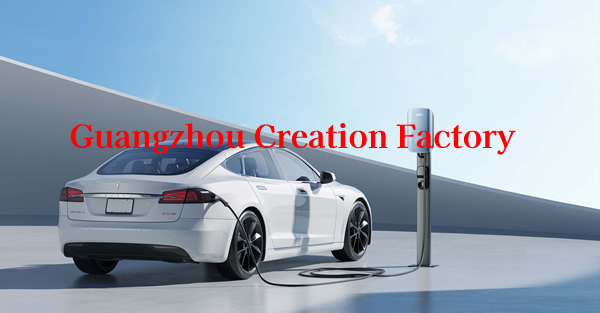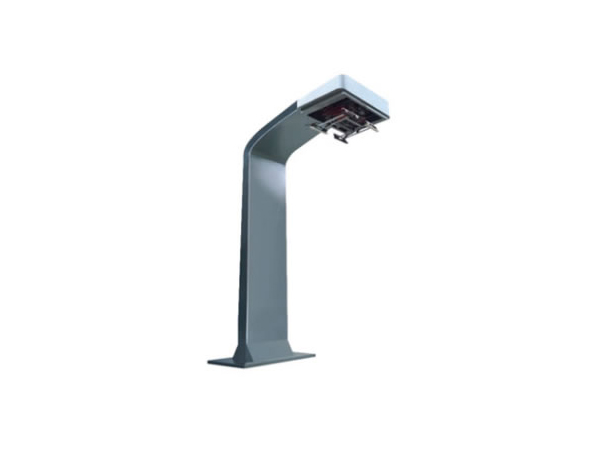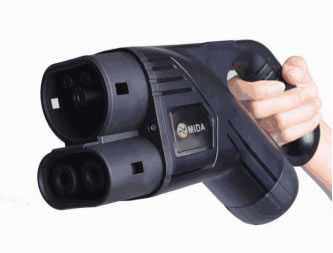-
13822183778@139.com
-
13822183778
What are the differences in maintenance between liquid cooled supercharging and ordinary charging stations?
The differences in maintenance between liquid cooled supercharging and ordinary charging stations are mainly reflected in the following aspects:

1. System complexity: Due to the introduction of components such as liquid cooling modules, circulation pumps, and coolant, the liquid cooled supercharging system has a higher system complexity compared to traditional air-cooled charging piles. Therefore, more professional knowledge and skills, as well as a deep understanding of the working principle of liquid cooling systems, may be required during maintenance.
2. Maintenance frequency: Although the initial investment of liquid cooling systems may be large, due to their high heat dissipation efficiency and low equipment failure rate, their maintenance frequency may be lower than traditional charging piles in the long run. However, once the liquid cooling system malfunctions, more professional maintenance services may be required.
3. Maintenance cost: The maintenance cost of liquid cooled supercharging systems may vary depending on the type of malfunction. For some simple faults, such as replacing coolant, cleaning radiators, etc., the cost may be relatively low. But for faults involving core components such as liquid cooling modules and circulation pumps, maintenance costs may be higher. In addition, due to the need for regular maintenance of liquid cooling systems, such as replacing coolant and inspecting seals, this will also increase maintenance costs.
4. Maintenance skill requirements: The maintenance of liquid cooled supercharging systems requires high technical personnel, who need to have relevant knowledge of electrical, mechanical, and liquid cooling systems. The maintenance of traditional charging stations is relatively simple, and generally technicians can be competent after training.
5. Maintenance tools and equipment: The maintenance of liquid cooled supercharging systems may require the use of special tools and equipment, such as specialized pumps for replacing coolant and testing equipment for checking coolant quality. The maintenance of traditional charging stations mainly relies on some basic electrical tools and measuring instruments.
In summary, the differences in maintenance between liquid cooled supercharging and ordinary charging stations mainly lie in system complexity, maintenance frequency, maintenance cost, maintenance skill requirements, and maintenance tools and equipment. In practical applications, it is necessary to choose the appropriate type of charging station based on the specific situation and develop corresponding maintenance strategies.
 How long does it take to charge ···
How long does it take to charge ···
 DC Fast Charging CCS type 2 plug
DC Fast Charging CCS type 2 plug
 The high-voltage and high-curren···
The high-voltage and high-curren···


